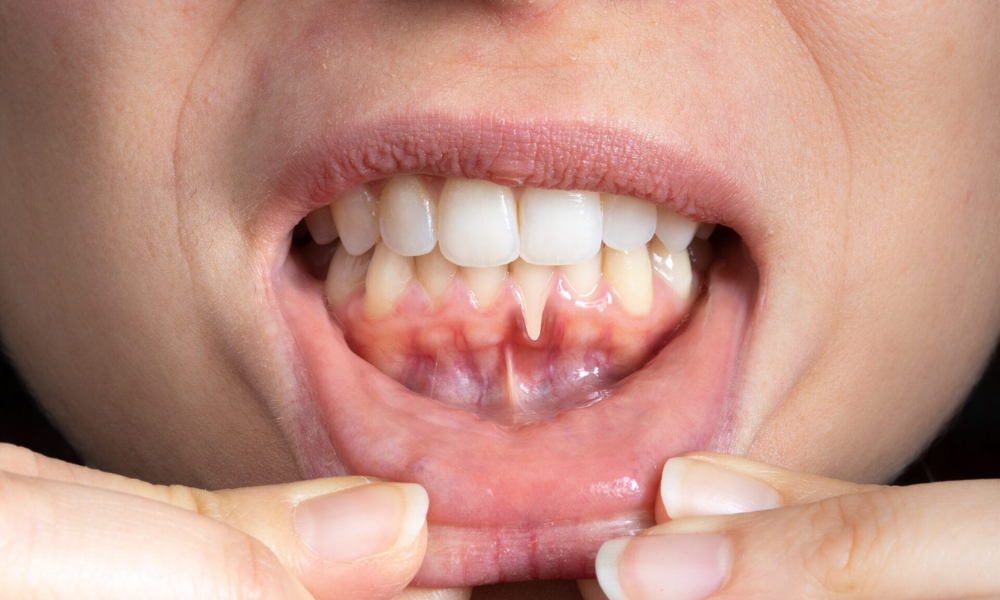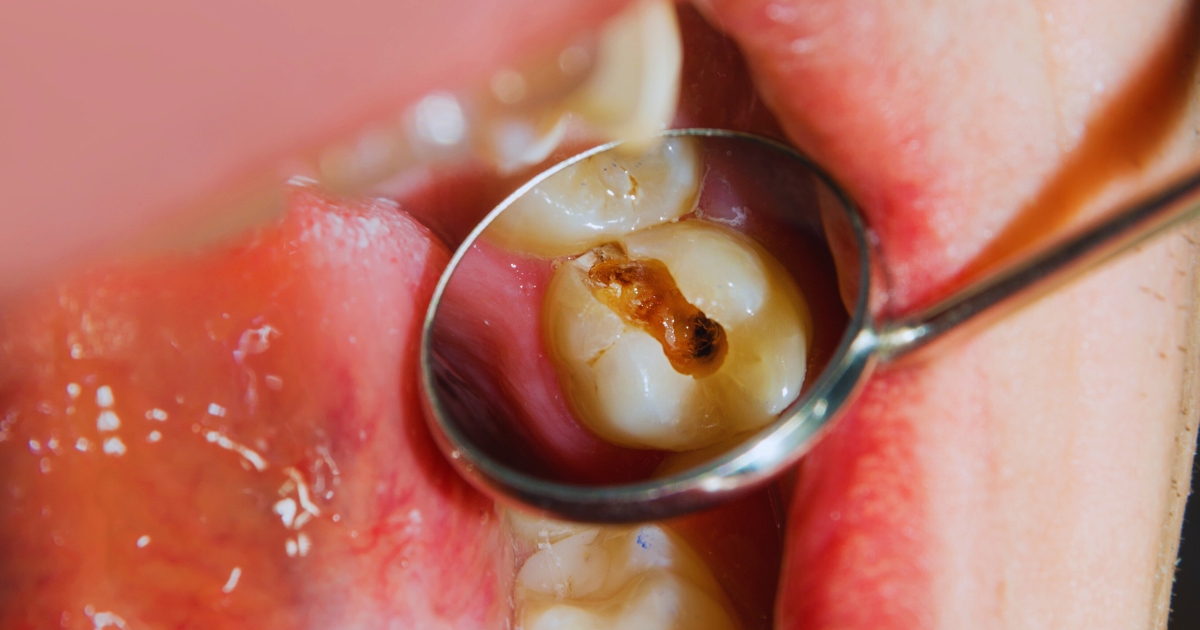Call Us Today 817-737-7668

Gingival recession often sounds alarming, but did you know it can also have a positive twist?
Many people experience gum recession without even realizing it. This condition occurs when the gum tissue pulls back, exposing more of the tooth’s surface and even its root. While it may seem purely cosmetic, understanding gingival recession can help you appreciate its role in oral health.
In this blog, we’ll explore the causes and symptoms of gingival recession, along with its surprising benefits. You’ll discover how minor recession can enhance your smile’s appearance when managed correctly. Additionally, we’ll share practical tips for prevention and treatment, ensuring you keep your gums healthy and vibrant.
By the end, you’ll see that gingival recession doesn’t have to be a dreaded dental diagnosis; it can be a pathway to a healthier, more attractive smile. So, let’s dive into the world of gum health and uncover how you can take charge of your oral hygiene!
The Causes of Gingival Recession
Gingival recession may seem puzzling, but understanding its causes can empower you to protect your gum health. Here are some common reasons why this condition occurs:
- Aggressive Brushing: Brushing too hard or using a hard-bristled toothbrush can wear down gum tissue. This practice often leads to gum irritation and recession.
- Periodontal Disease: This bacterial infection damages the tissues supporting your teeth. It can cause significant gum loss if left untreated, leading to recession.
- Genetics: Your family history plays a role in your oral health. Some people are more predisposed to gum issues due to genetic factors.
- Hormonal Changes: Fluctuations during puberty, pregnancy, or menopause can make gums more sensitive and prone to recession.
- Tobacco Use: Smoking or using tobacco products negatively affects gum health. It can hinder blood flow, resulting in weaker gums that recede more easily.
If you suspect you may have gingival recession, consulting a periodontist in Fort Worth, TX, can help identify underlying causes and appropriate solutions.
Identifying the Signs of Gingival Recession
Recognizing gingival recession early is key to maintaining your oral health. Here are some symptoms to watch for:
- Tooth Sensitivity: Increased sensitivity to hot or cold temperatures often signals gum recession, as exposed tooth roots can be more reactive.
- Visible Tooth Roots: If you notice that your teeth appear longer or the roots are showing, this could indicate gum tissue loss.
- Changes in Gum Appearance: Healthy gums should be firm and pink. If you see a change in color or texture, it’s worth investigating further.
Early detection is crucial because it can prevent more severe problems down the line. If you notice any of these symptoms, don’t hesitate to schedule a dental checkup.
The Silver Lining: Positive Aspects of Gingival Recession
While gingival recession is often viewed negatively, there can be surprising benefits, particularly when it’s mild:
- Enhanced Tooth Aesthetics: In some cases, mild gum recession can give teeth a more elongated appearance, improving the overall smile aesthetics.
- Better Gum Health: If managed properly, gingival recession can lead to improved gum health. Addressing the underlying causes often promotes better oral hygiene practices.
With the right approach and care, what may seem like a dental issue can transform into an opportunity for a healthier smile.
Navigating Treatment Options for Gingival Recession
If you or your dentist identifies significant gingival recession, various treatment options are available:
- Scaling and Root Planing: This deep-cleaning procedure removes plaque and tartar from below the gumline. It smooths the tooth roots, making it harder for bacteria to adhere.
- Surgical Options: For severe cases, gum grafting might be necessary. This procedure involves taking tissue from another part of your mouth to cover exposed roots, promoting gum regrowth.
Consult your dentist about the best approach for your specific situation to ensure optimal gum health.
Practical Steps for Preventing Gingival Recession
Prevention is the best strategy for maintaining healthy gums and preventing recession. Here are some practical tips to help you:
- Brush Gently: Use a soft-bristled toothbrush and gentle strokes to clean your teeth without damaging your gums.
- Floss Daily: Flossing removes plaque between your teeth where your brush can’t reach. Be gentle when flossing to avoid injuring your gums.
- Regular Dental Visits: Schedule routine check-ups and cleanings with your dentist. These appointments can help catch issues early and provide professional care.
- Balanced Diet: Eating foods rich in vitamins C and D can strengthen gum tissue and overall oral health.
Gingival recession may seem alarming, but understanding its causes and effects can lead to a healthier smile. By recognizing the symptoms early and taking proactive steps, you can effectively manage your gum health. Remember, it’s not just about preventing recession; it’s also about enhancing your overall oral hygiene routine. So, embrace these tips, consult your dentist regularly, and transform any dental concerns into opportunities for a brighter, healthier smile. Your gums – and your smile – will thank you!





